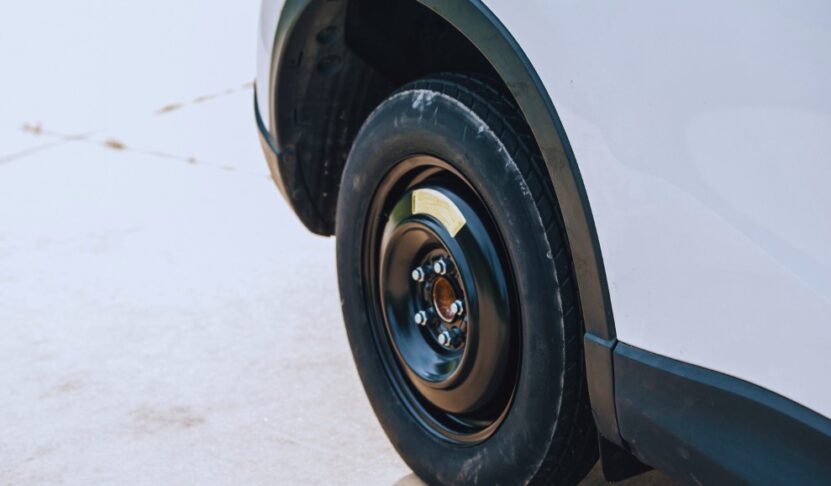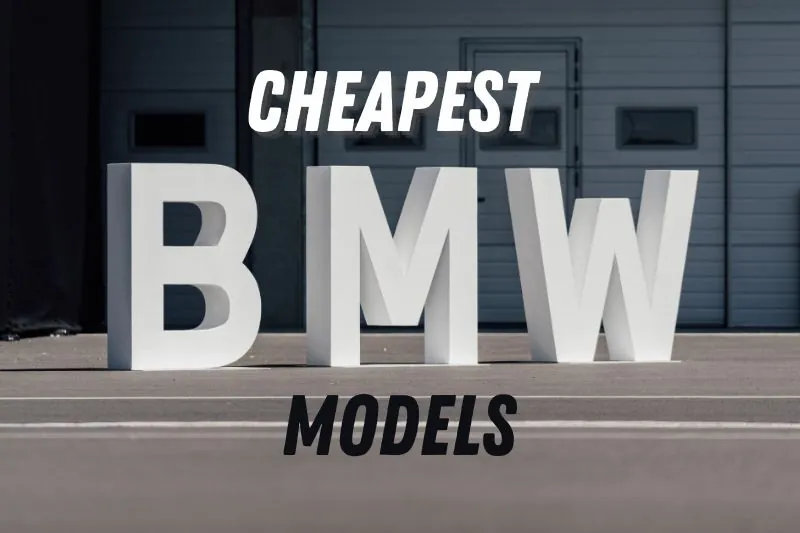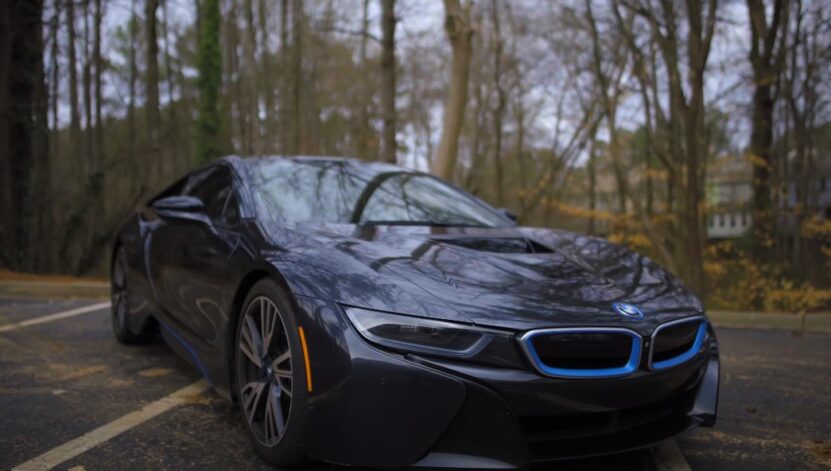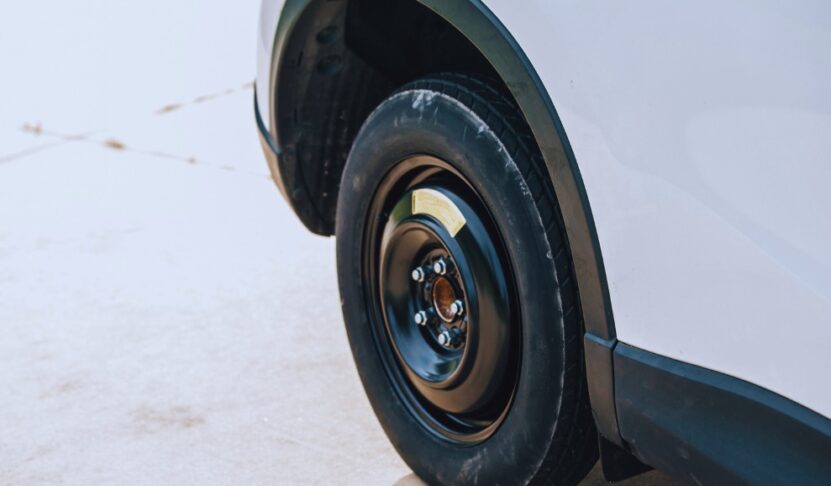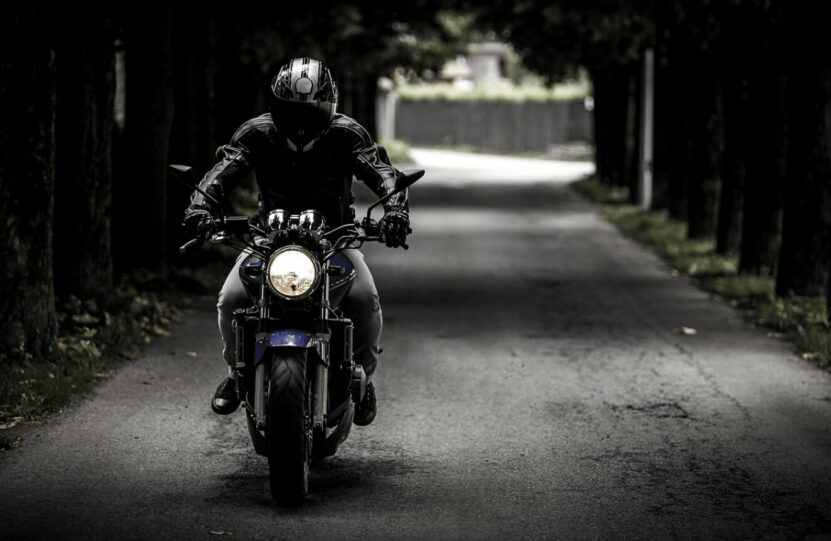
Share Post:
The BMW marque is synonymous with performance and style, and among its many triumphs, the “is” series stands out. This badge, a subtle yet powerful indicator of enhanced performance and sporty aesthetics, represents a significant chapter in BMW’s storied automotive history. In this article, we will explore the mystique of the “is” series, delving into its origins, evolution, and enduring appeal.
Similarly, BMW’s commitment to innovation extends beyond performance, as seen in their integration of advanced technologies like gesture control, which offers an intuitive and futuristic approach to vehicle interaction.
The Genesis of the “is” Series: Setting the Performance Benchmark
The “is” series began its journey in 1980 with the launch of the E21 320iS. This model set a precedent for future BMWs carrying the “is” designation, signifying an enhanced sporty experience. The 320iS, although based on the standard 320i, was a marked improvement in terms of both performance and aesthetics.
It featured a limited-slip differential, an upgraded suspension system, and distinct visual enhancements like a large air dam and fog lights. This blend of improvements was not just about making a faster car; it was about creating a more engaging and dynamic driving experience.
The E30 325is and E28 535is: Continuing the Legacy
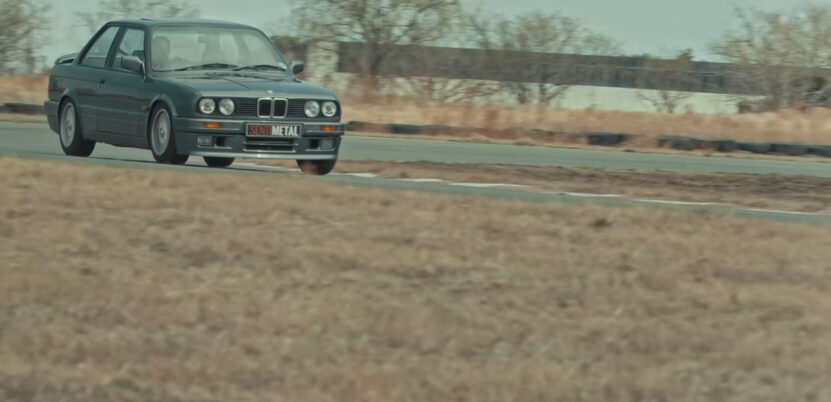
By 1987, the “is” mystique had evolved with the introduction of the E30 325is and the E28 535is. These models further cemented the “is” series’ reputation for sportiness and exclusivity. The 325is and 535is were distinct from their standard counterparts, featuring not only suspension and aerodynamic upgrades but also luxurious touches like leather-covered sport seats.
The 325is, in particular, became a staple of the BMW line-up, produced annually until 1990, and is remembered for its perfect balance of power and elegance.
Cult Classics: The Rise of BMW E30 325is and 318is
The 318is, introduced in 1991, offered a unique proposition within the “is” series. It was virtually identical to the 325is in terms of features, but its heart was a 1.8-liter M42 inline-four engine. This engine choice made the 318is lighter and more nimble, offering a distinct driving experience.
This model’s rarity and unique characteristics have made it a sought-after collectible. Its balance of power and agility makes it a favorite among enthusiasts, illustrating BMW’s mastery in creating vehicles that provide both excitement and practicality.
The Enduring Appeal of the 325is and 318is
Today, the E30 325is and 318is stand as cult classics. Their appeal lies not just in their performance but also in their ability to serve as dependable daily drivers and exhilarating weekend cars. These models represent a golden era of BMW design and engineering, where simplicity met sophistication. However, the age of these cars means that finding one in good condition can be challenging, as many have been driven extensively or modified.
The “is” Mystique Today: Preserving and Celebrating BMW’s Heritage
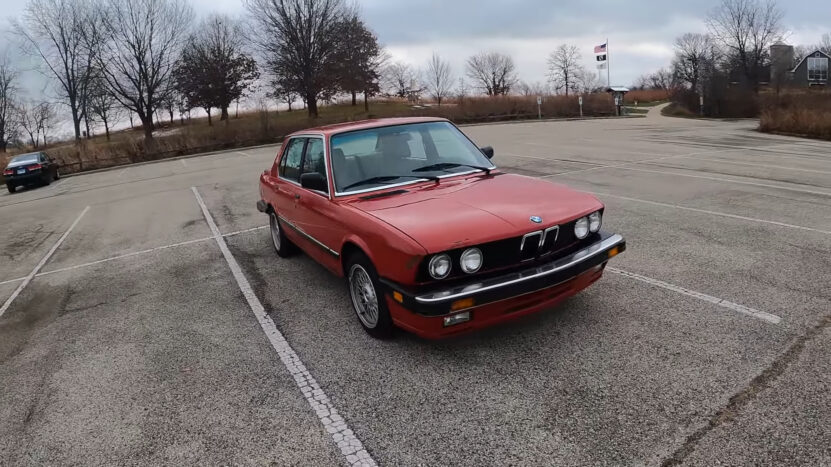
Preserving the legacy of the “is” series is a task that many BMW enthusiasts take seriously. The rarity of unmodified and well-maintained examples of the 318is and 325is makes them even more desirable. The search for these cars often takes years, as enthusiasts seek out models that have not been abused or altered significantly. This pursuit underlines the significant role that these cars play in the hearts of BMW aficionados.
The Driving Experience: Reliving BMW’s Glory Days
Behind the wheel of a BMW “is” model, one is transported back to a time when driving was more about the experience than about reaching a destination. These cars embody the essence of BMW’s philosophy in the late ’80s and early ’90s—a focus on driving pleasure and mechanical purity.
Driving an “is” series BMW is not just about enjoying a classic car; it’s about reliving an era of automotive excellence that many believe represents the pinnacle of BMW’s engineering and design prowess.
Evolving with Time: The Transformation of the “is” Series
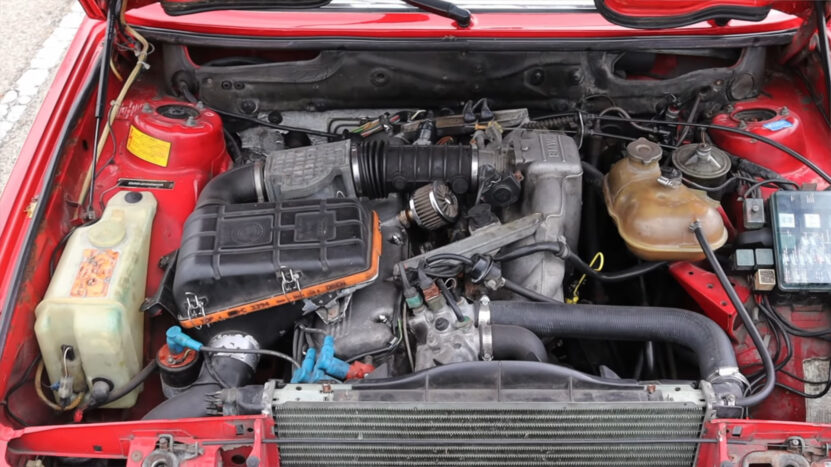
The “is” series has undergone significant transformations since its inception. Initially, it was a subtle yet effective way to distinguish sportier variants within the BMW lineup. Over time, these models have incorporated more advanced technology, better performance parts, and more luxurious interiors while maintaining the core ethos of the “is” badge.
This evolution reflects BMW’s commitment to innovation and excellence, adapting to changing times while preserving the spirit that made the “is” series special.
The Role of “is” in BMW’s Current Lineup
In BMW’s current lineup, the “is” series continues to represent a bridge between the standard models and the high-performance M series. These vehicles cater to those who seek something more spirited than the base model but do not require the extreme performance of an M series car. This positioning highlights BMW’s understanding of its diverse customer base and its ability to cater to a wide range of preferences and needs.
Interestingly, this philosophy of balancing performance with practicality is exemplified in the latest iteration of the M3, a model that seamlessly integrates the thrill of sporty driving with everyday functionality.
Balancing Performance and Practicality: The Secret Behind “is” Popularity
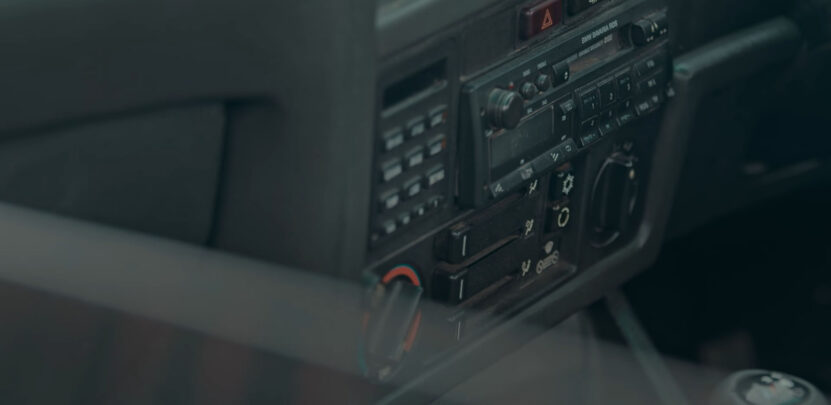
One of the key factors in the popularity of the “is” series is BMW’s approach to upgrading these models. Unlike the more aggressive modifications seen in the M series, the changes in “is” models are more restrained. This subtlety is deliberate, aimed at enhancing the driving experience without compromising the car’s usability or comfort. This philosophy ensures that “is” models remain versatile, capable of being both daily drivers and weekend warriors.
The “is” as a Daily Driver and Performance Car
The dual nature of the “is” series—being both a comfortable daily driver and a capable performance car—is a significant reason for its enduring appeal. Owners appreciate the ability to enjoy spirited driving on a weekend while still having a car that is practical and comfortable for everyday use. This balance is a testament to BMW’s engineering prowess, offering a blend of performance and practicality that few other brands can match.
FAQ
What distinguishes the “is” series from other BMW models in terms of engine performance?
The “is” series typically features engines that are tuned for higher performance compared to their standard counterparts. This includes modifications for increased horsepower, torque, and sometimes more aggressive engine mapping for better throttle response.
Are there any special editions or limited runs in the BMW “is” series?
Yes, BMW occasionally releases special editions or limited-run models within the “is” series. These often feature unique color schemes, badges, and additional performance or luxury upgrades.
How does the “is” series influence the resale value of a BMW?
The “is” models often hold their value better than standard models due to their rarity, performance enhancements, and cult status among enthusiasts. This makes them sought-after in the used car market.
Are there any significant differences in the interior design of the “is” models?
Yes, the “is” models typically feature sportier interior elements like bolstered sport seats, unique trim options, and sometimes special badging or stitching to differentiate them from the standard models.
Has BMW ever discontinued the “is” designation?
The “is” designation has come and gone in BMW’s lineup, reflecting the company’s evolving approach to branding their sportier models. However, the legacy of the “is” models continues to influence BMW’s performance-oriented offerings.
Are there modern equivalents to the “is” series in BMW’s current lineup?
BMW’s current lineup includes M Performance models, which can be considered the modern equivalents to the classic “is” series, offering enhanced performance and styling over the standard models.
How does the “is” series compare to BMW’s M series?
While the “is” series offers enhanced performance and sportier styling than standard models, the M series represents the pinnacle of BMW’s performance capabilities, with more extensive modifications to the engine, suspension, and aerodynamics.
Final Thoughts
As we conclude our exploration of the BMW “is” series, it’s clear that these models represent more than just a badge. They embody a philosophy that balances performance with everyday usability, a hallmark of BMW’s approach to car design. The “is” series has not only set benchmarks in the automotive world but has also captured the hearts of enthusiasts around the globe.
Related Posts:
- The Forgotten 3 - Bridging The Gap Between The…
- Guide to the 2024 BMW M3 ─ Unmatched Performance,…
- 5 Must-Have Performance Mods for Your BMW 3 Series -…
- BMW 7 Series: A Detailed Look at Luxury and Performance
- Sport Evo Six: Blending Cutting-Edge Technology with…
- What Is Xdrive On BMW - Elevate Your Driving Experience



